Making your own DIY charcoal peel-off mask will leave your skin soft, clear, and, best of all, blackhead free!
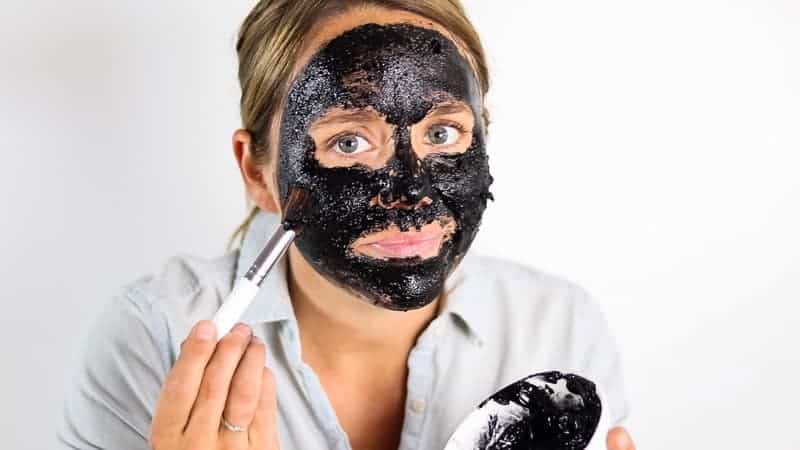
By using ingredients such as activated charcoal, bentonite clay and gelatin, this DIY charcoal peel-off mask recipe is the natural solution for removing blackheads naturally.
And similar to this glowing skin face mask, your face will look smooth, bright, and more youthful!
You’ll find an assortment of ingredients for this recipe, including activated charcoal.
Activated charcoal has been widely used as a draw salve, but it is also a particularly effective ingredient for ridding the skin of blackheads.
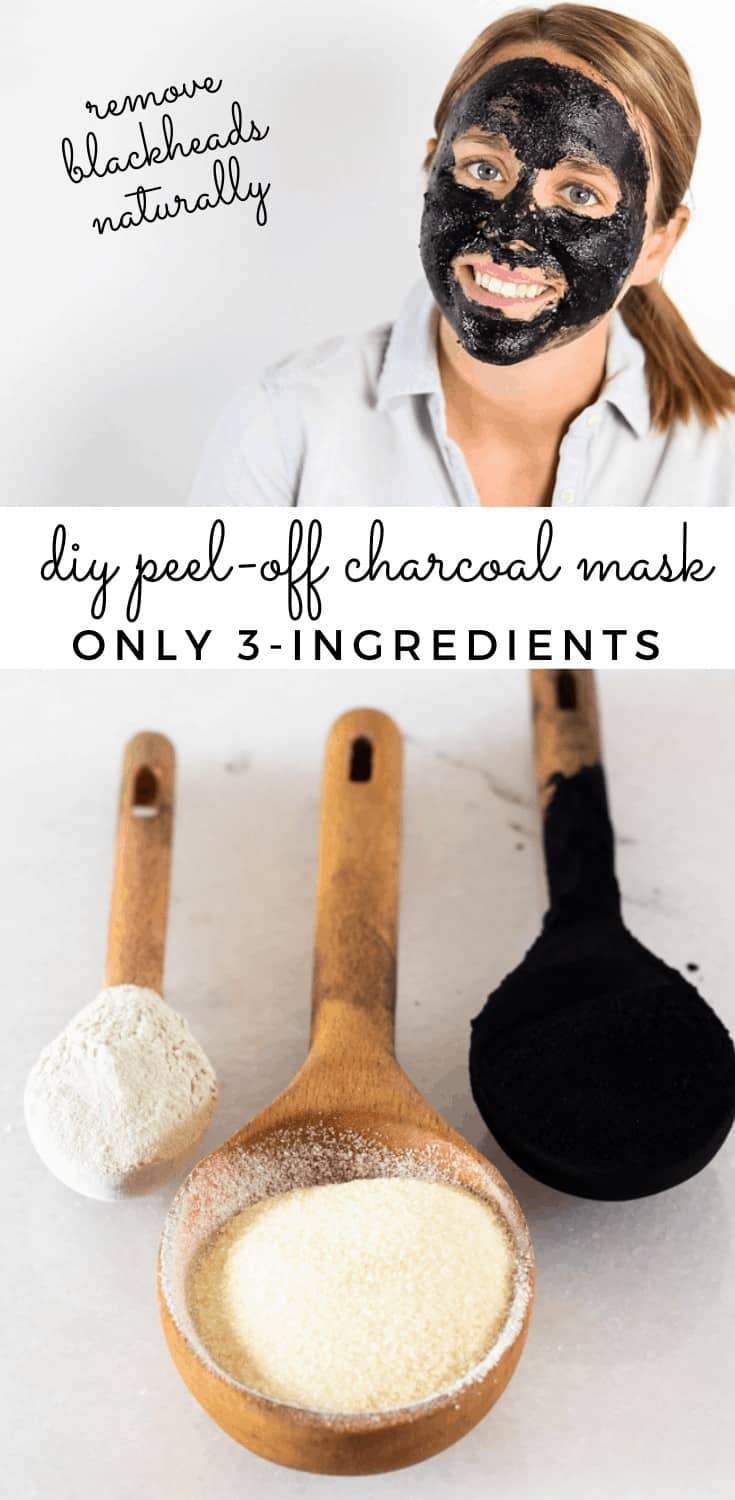
This post contains affiliate links, which means I make a small commission at no extra cost to you. Get my full disclosure HERE.
DIY peel-off charcoal mask ingredients
Check out a few of the key ingredients for this recipe below. The lavender essential oil is optional, but it will provide some added benefits to this homemade face mask.
ACTIVATED CHARCOAL BENEFITS
Activated charcoal is a fine black powder and can be made from bamboo, wood, coconut husks, peat, olive pits, and even sawdust. It can be made at home, or if you are like me, you can buy it online.
Activated charcoal can be used to absorb toxins and other build-up found on the skin. It is especially effective at removing blackheads when used on the face and in soap bars as a deep pore cleanser.
BENTONITE CLAY BENEFITS
Bentonite clay is rich in many vital nutrients, including calcium, magnesium, silica, sodium, potassium, and iron.
Most of this clay can be found in the western US as a product of volcano ash. Bentonite clay has a light grayish-cream color and has no scent.
When used on the face, it can help remove impurities, detox, unclog pores, reduce wrinkles and fine lines, and leave the skin smooth.
Learn how to make a bentonite clay face mask.
GELATIN
Gelatin is a key ingredient in this recipe. Think of it as the glue that holds the mask together and makes it a “peel-off” mask.
In fact, many peel-off mask recipes use glue! And while we want to create a peel-off mask to help with blackheads, we most certainly do not want to put glue in it.
Gelatin is a great alternative and actually has great benefits for your skin.
Gelatin is a protein found in the tendons, ligaments, and bones of cows or pigs. It can help pull out impurities and hydrate the skin.
LAVENDER ESSENTIAL OIL (OPTIONAL)
Lavender essential oil has amazing properties for the skin and is known for reducing signs of skin imperfections.
It is a very gentle essential oil making it a great oil to use on the face. However, essential oils should always be diluted before being applied to the skin, especially the face.
If you prefer to leave the lavender out, you can substitute it for tea tree essential oil, which is a natural cleanser and purifier.
How to make a DIY charcoal peel-off mask
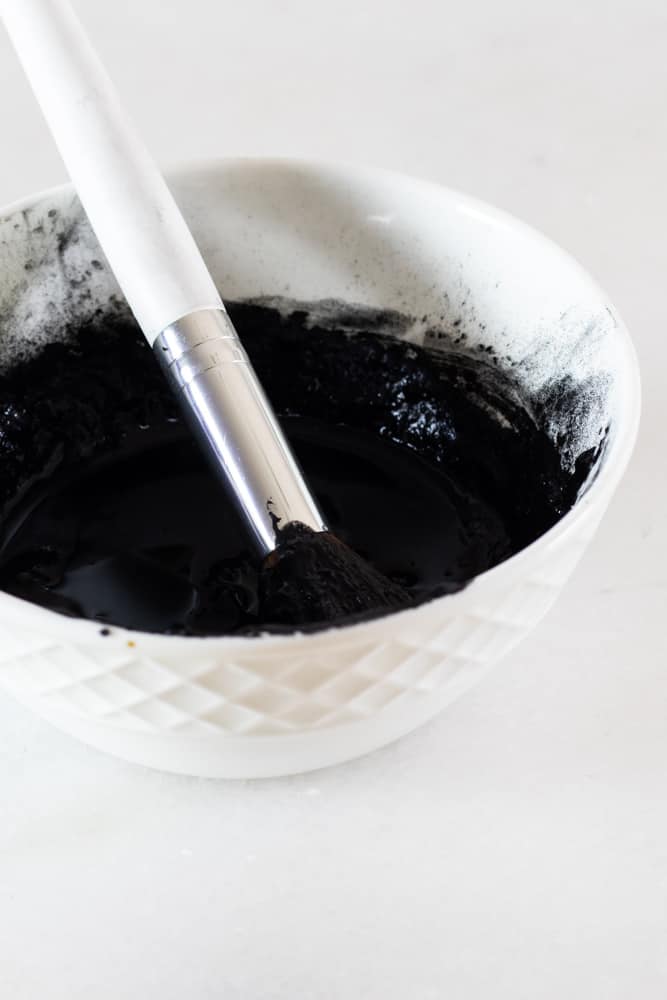
INGREDIENTS
- 1 teaspoon of activated charcoal
- 1/2 teaspoon of bentonite clay
- 1 tablespoon of gelatin
- 2 tablespoons of water
- 3-5 drops of lavender essential oil (optional)
INSTRUCTIONS
- Add the activated charcoal, bentonite clay, and gelatin to a glass bowl. It is important to use glass or wood when dealing with clay. Be sure to stay away from metal or stainless steel.
- Bring the water to a boil and carefully pour it on top of the dry ingredients.
- Use a wooden spoon, bamboo skewer, or wooden popsicle stick to stir the ingredients together. It should become a paste.
- If using essential oils, add them in now. Stir to combine.
- Allow the mixture to cool, and then it is ready to use.
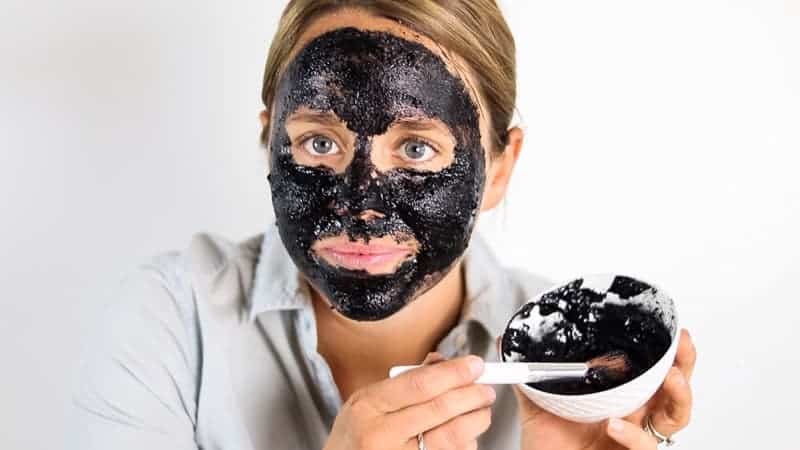
How to use your homemade charcoal mask
First, wash your face with your favorite all-natural face wash and allow the skin to air dry. This will open up your pores, allowing the mask to work even better.
Using a small make-up brush, apply the charcoal mask evenly to the face in a thin layer. Avoid the eyes and eyebrows.
Once dry, start in a corner and begin peeling off in sections.
If peeling the mask off the face is uncomfortable, you can wash the mask off with warm water.
The mask can peel off hair, so be sure to keep it away from lashes, brows, and the hairline.
Follow up the mask treatment with an all-natural face moisturizer.
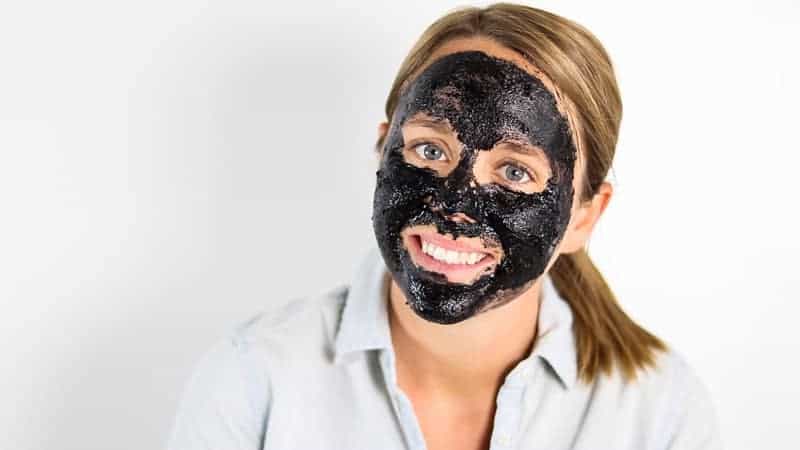
Tips for using homemade face masks
- It is always important to test a small area of skin before applying the mask all over the face.
- For the first use, you can use less of the charcoal mask and leave it on for less time to check for skin sensitivities.
- This recipe is meant for one-time use. You should not store this face mask and use it at a later date. If you have extras, you can use this mask on your armpits as a natural detox. Discard the rest.
- It is very important to keep the mask off of your eyebrows, hairline, and eyelashes, as it can pull out hair. If you get any on the hair, remove it right away with warm water, do NOT peel it off.
- If it is too hard to peel off or causing you any discomfort, you can remove the mask with warm water.
- You can apply the mask to areas prone to blackheads instead of the whole face if you prefer.
DIY peel off mask without glue
This recipe uses gelatin as the binder rather than glue. Make sure to use unflavored gelatin, preferably from grass-fed cows, for best results.
How often should I use a charcoal face mask?
Using a charcoal face mask is suggested no more than once a week. For sensitive skin, use bi-weekly or monthly.
Can charcoal clear blackheads?
Activated charcoal has been finding its way into beauty products more and more as of late.
It is naturally antibacterial, known to clear pores and reduce impurities and bacteria on the skin, which cause blackheads.
Can I use a peel-off mask on pimples?
Apply the mask like normal; however, wash it with water rather than peeling it off to avoid any skin discomfort.
Or if acne is an issue, try using this sea moss face mask.
Is it normal for my skin to be red after using a face mask?
It is somewhat common for the skin to look red after using a face mask, especially a peel-off face mask.
The redness should not burn and go away within an hour or two. As stated above, always perform a patch test to check for any type of skin irritations.
For sensitive skin, try using a rose clay mask or matcha face mask.
I hope you enjoyed reading this post. If you have any questions or comments, please post them below!
And if you tried this charcoal mask and enjoyed it, give it a 5-star rating!
For more DIY inspiration, you may enjoy this travel-sized face cleanser gel or cleansing oil for sensitive skin next.
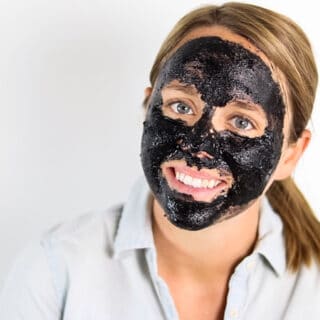
DIY Charcoal Peel-Off Mask
Equipment
- Glass Bowl
- Wooden Spoon
Ingredients
- 1 teaspoon activated charcoal
- ½ teaspoon bentonite clay
- 1 tablespoon gelatin
- 2 tablespoons water
- 3-5 drops lavender essential oil optional
Instructions
- Add the activated charcoal, bentonite clay, and gelatin to a glass bowl.
- Bring water to a boil and carefully add to the dry ingredients.
- Use the wooden spoon to combine the ingredients. It should look like a paste.
- If using lavender essential oil, add it in now and stir well.
- Allow the mixture to cool before use.
- HOW TO USE
- Apply to clean, dry skin.
- Using a small make-up brush, apply the charcoal mask evenly to the face in a thin layer. Avoid the eyes and eyebrows.
- Once dry, start in a corner and begin peeling off in sections.
- If peeling the mask off the face is uncomfortable, you can wash the mask off with warm water.
Notes
- Test the mask on a small patch of skin first to check for any skin irritations.
- This recipe is meant for one-time use. You should not store this face mask and use it at a later date.
- It is important to keep the mask off your eyebrows, hairline, and eyelashes, as it can pull out hair. If you get any on the hair, remove it immediately with warm water, do NOT peel it off.
- If it is too hard to peel off or causing you any discomfort, you can remove the mask with warm water.
- You can apply the mask to areas prone to blackheads instead of the whole face if you prefer.
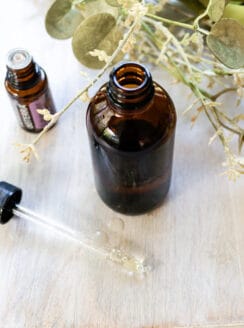
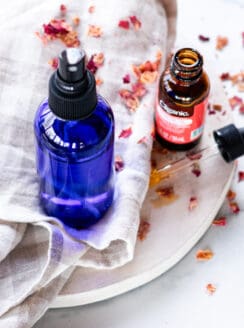
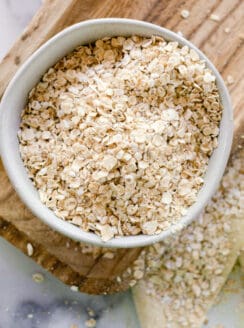
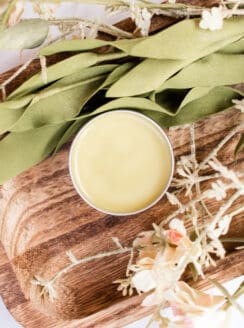
Michelle says
Can Pectin be used instead?
Laura says
It may change the texture of the mask.
Michelle says
Ok, thank you. There isn’t a vegan alternative for those that don’t want beef fat in their product?
Amber says
Can I use regular charcoal as an alternative for activated charcoal?
Brynne says
Is there a way to make this vegan?
yanie says
hie Laura. is this mask preservable? can i store it for a long time? if so for long?
Laura says
This mask is meant for a one time use and should not be stored.
Carrie says
I hope this is still being monitored. Can I mix everything except the water and package? I’d like to make some up for gifts. I have mylar bags that can be heat sealed. Thank you.
Janette Strohl - Bush says
I am going to try to do the same thing. Love this idea.
Heather Lloyd says
Hi, I am in love with your site. We have been wanting to start making our own, we’ll ever for a while and your site is awesome!
I did have a question, on many of your recipes you use shea butter and I am allergic, do you know if cocoa butter could be used instead with the same measurements and outcome or would it need to be adjusted?
Thanks so much!
Laura says
Yes, you can use cocoa butter or mango butter and the substitution is equal parts.
Suzanne says
You will need to refrigerate leftover otherwise it will mold. I learned the hard way. I’m using half of this recipe instead. This is a great mask recipe. My skin was red afterward for a little bit but my skin looks so much better now and less oily.
Laura says
I only make enough for one-time use.
Sabina Imberg says
It’s time to invest in a new mask. If your pores are feeling clogged, a blackhead removal mask can work to dislodge the buildup and reveal a clear radiant complexion.
Lindsay Cotter says
Excited to try this charcoal peel-off mask! Thanks for sharing!
Laura says
You’re welcome!
Toni Dash says
This is so awesome!! I love using natural products! Thanks for this!
Laura says
You’re welcome! Enjoy!
LAUREN KELLY says
Fantastic! I have been wanting to try activated charcoal for a while and I am so happy I did!
Laura says
I am so glad you enjoyed it! It is so good for the skin!